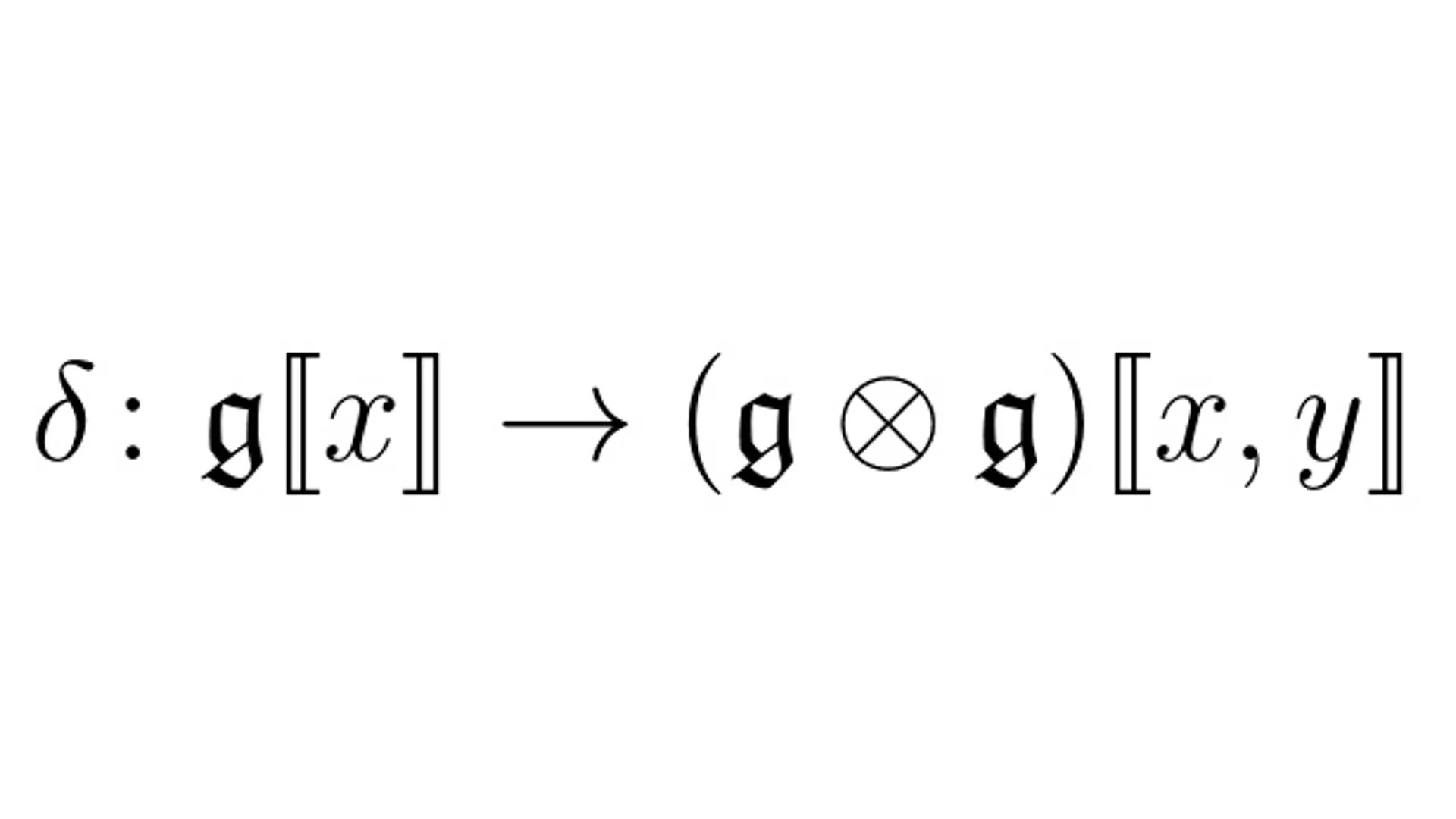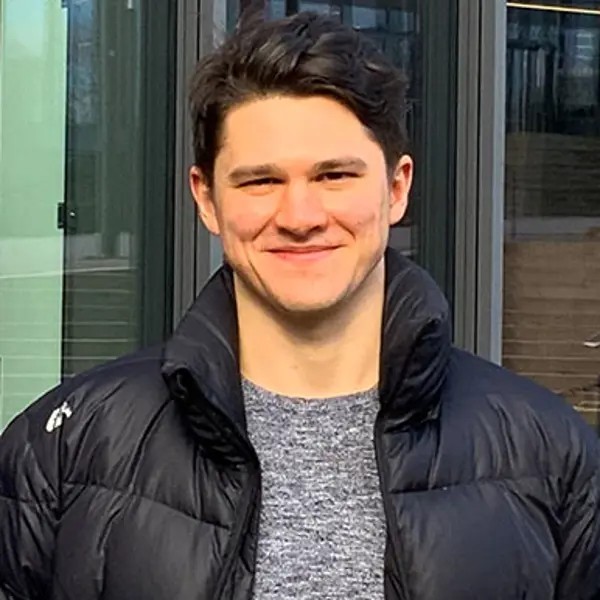
Finite-dimensional Lie bialgebras are well studied, but that is not the case with the infinite-dimensional ones where the first explicit classification appeared as recent as in 2010. The three papers of Stepan Maximov’s doctoral thesis all have to do with the classification of infinite-dimensional Lie bialgebras, creating a framework to work with such structures.
Lie bialgebras are found in the theory of integrable models. Many physical phenomena, like the precession of a spinning top, are modelled using differential equations. In general, if these equations are not linear, they cannot be solved exactly. Nevertheless, there are specific systems of non-linear equations that can be solved exactly, using some analytical methods. They are called integrable systems and the study of them in classical and quantum physics gave rise to many new algebraic structures such as quantum groups, Poisson-Lie groups and Lie bialgebras. Finite-dimensional Lie bialgebra structures are well understood, but the same cannot be said about infinite-dimensional structures.
The papers in the thesis establish a framework for working with infinite dimensional Lie bialgebra structures. This framework is then used to achieve a classification of certain types of infinite-dimensional Lie bialgebras. We hope that our classification results as well as the explicit formulas will go all the way back and find their application in the theory of integrable models

Numerous interesting mathematical areas
Stepan has always been attracted to mathematics and liked to solve mathematical puzzles. One of them is the well-known 15 puzzle, where you move tiles in a grid to order them from 1 to 15. At school age, Stepan quickly learnt that it is possible to understand if such a puzzle is solvable or not by just looking at the parity of the sequence of numbers, and that similar invariants can be found in other puzzles like Rubik’s cube. Algebra and analytical geometry were Stepan’s favourite subjects in high school.
After graduating from high school in Saint Petersburg, Stepan came to Sweden and took his master’s degree at the University of Gothenburg. His bachelor’s thesis was about primality tests and his master’s thesis was about lambda rings. None of these subjects is related to his doctoral work.
"There is so much interesting mathematics, so I simply did not know – and still don’t know – what I want to work with. For me, it is easier to name subjects that I do NOT want to pursue."
Find colleagues, and exploit the possibility to teach
Stepan found that the most interesting part of his doctoral years was working in a group. He had the opportunity to do a three-month summer term in Paderborn, where he got to know a group of mathematicians working in the same area. One of them became his co-author.
"We all had different background and knowledge and the work was improved by that – it reached another level. I am really proud of that second paper in the thesis where we use so many different notions and tools."
In general, Stepan thinks that PhD positions in Sweden are “luxury positions” since the allowed time slot is five years, instead of the typical three years. This allows students to learn new mathematics and write a thesis on a subject unrelated to their master’s projects. Furthermore, the teaching part affords real pleasure: one can repeat previous material, present it to students in a novel way and observe the results almost immediately.
"My advice to prospective PhD students: if mathematics does not pump you up, don’t do it! But if it does, don’t do it alone. Find others with similar interest and cooperate. And remember that the feeling of being stupid is an unavoidable part of PhD studies!"
Next, a postdoc position in Paderborn waits for Stepan. The plan is to continue the work on Lie bialgebras presented in the thesis as well as to learn new things. Since the infinite-dimensional correspondence between Poisson-Lie groups and Lie bialgebras is still vague, there is much theory building that needs to be done.
Stepan Maximov defended his PhD thesis “Infinite-dimensional Lie bialgebras and Manin pairs” on January 19, 2023. Supervisor was Lyudmila Turowska, assistant supervisors Christian Johansson and Alexander Stolin.
Photo: Wassilij Gnedin